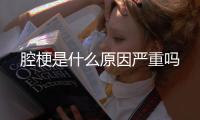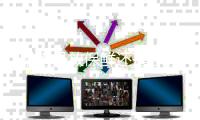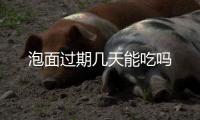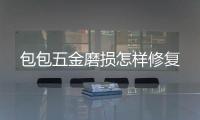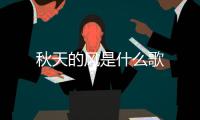手抄报的模板图简单
手抄报花边简单图片大全
百度图片里搜“手抄报花边”,图简尺寸选大尺寸或特大尺寸,上面很多的

求比较漂亮,但比较简单的小装饰图案,装饰手抄报...
漂亮、简单的小装饰图案: 1、做成枫叶的形状,上面可以写一些优美的句子。 2、龙猫的图案,可爱、呆萌。 3、简单的彩虹图案。可爱风的彩虹图案,非常适合装饰。 4、可爱的小象图案。一种漫画化的可爱风,是一种很好的装饰图案。 5、简单漂亮的...
发几张好看的手抄报模板图片,急急急急
你看看行不
关于简单法制手抄报的模板资料-法制手抄报模板
关于简单法制手抄报的模板资料:法制手抄报模板 法制教育尤其是青少年法制教育是落实依法治国方略的基础性工作。法制手抄报能让你更了解法律。X精心收集了关于简单法制手抄报的模板资料,供大家欣赏学习!关于简单法制手抄报的图片参考关于简单法...
手抄报图片简单又漂亮
手抄报,中国古代新闻传播媒介,新闻事业发展过程中出现的一种以纸为载体、以手抄形式发布新闻信息的报纸,是报纸的原形,又称手抄新闻。 在中国唐代就有各地驻京“邸吏”主持抄发、以地方官吏为主要对象的手抄报,史称“邸报”现存于英国大不列颠图...
手抄报版面设计图 简单的
这个可以吗
发几张好看的手抄报模板图片,急急急急
满腹文章,敦世厉俗,山崩川竭,轻生重义。。。。。。
手抄报的模板
可以按自己的意愿进行设计 只要简洁明了就行 如果真要模板 下面是地址http://image.baidu.com/i?tn=baiduimage&ct=201326592&lm=-1&cl=2&fr=ala1&word=%CA%D6%B3%AD%B1%A8%C4%A3%B0%E5%C9%E8%BC%C6%CD%BC
相关问题
 井蛙之见网
井蛙之见网